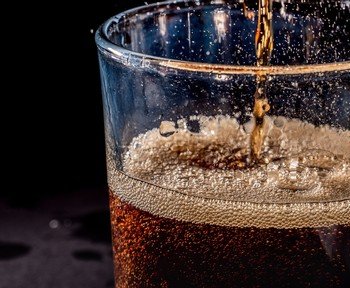Quiz Answer Key and Fun Facts
1. Pepsi was first created in New Bern, North Carolina by Caleb Bradham in 1893. What was Mr Bradham's occupation?
2. The name of drink was changed to Pepsi-Cola in 1898 to capitalise on the fact that the drink contained pepsin a protein and enzyme to help with indigestion. True or false?
3. In 1903, Bradham sold nearly 8000 gallons of Pepsi-Cola syrup to other pharmacies. What did he do next year to double his output?
4. By the Great Depression, Pepsi found a way to increase its market share over Coca-Cola. How did they achieve this?
5. After WWII, Pepsi changed its logo to a red, white and blue colour scheme to capitalise on American patriotism post-war. True or false?
6. By the 1960s the rivalry between Pepsi and Coca-Cola stopped being about product and all about branding. Pepsi decided to tap into a neglected part of the market to increase its market share. Who comprised this market?
7. In 1975, Pepsi took a huge risk when it introduced an advertising campaign to show that Pepsi was better than Coca-Cola. What was the basis of this campaign?
8. In the 1989 Billy Joel hit single "We Didn't Start the Fire" which chronicled key world events 1949-1985, Cola wars got a mention. In the lyrics what phrase immediately precedes "cola wars" which described the intensity of the so-called cola wars?
9. Both Pepsi and Coke have introduced a huge range of flavour alternatives to their original flavours, not the least in the diet drink areas. Is it true that Pepsi introduced Pepsi Max in the UK and Australia as a sugar-free cola aimed at a male demographic as Diet Pepsi was widely perceived as a female drink?
10. Pepsi had been a major sponsor of the national Football League for many years and the two brands were closely aligned. Pepsi's advertising has repeatedly targeted its competitor, Coca-Cola in its advertising. This came to a head at Super Bowl LXIII held after the 2018 season. Why?
Source: Author
1nn1
This quiz was reviewed by FunTrivia editor
Bruyere before going online.
Any errors found in FunTrivia content are routinely corrected through our feedback system.
